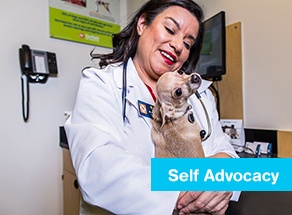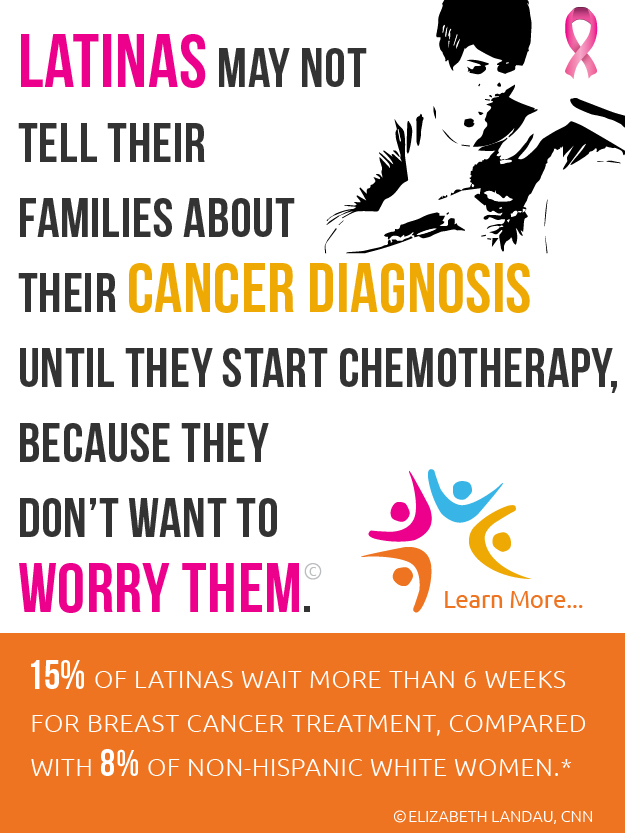Self Advocacy
How COVID-19 Spreads
15/07/2020 06:00am | 3327 viewsCOVID-19 is thought to spread mainly through close contact from person-to-person. Some people without symptoms may be able to spread the virus. We are still learning about how the virus spreads and the severity of illness it causes.
Self Advocacy
As Summer begins, CDC Updates Social Guidelines
14/07/2020 06:00am | 3128 viewsBy Ralph Ellis
As states lift restrictions and people begin to resume normal activities such as hosting cookouts or going to the nail salon, the Centers for Disease Control and Prevention has issued tips for reducing the risk of catching or spreading the coronavirus.
Self Advocacy
Cleaning And Disinfecting Your Home
12/07/2020 06:00am | 3724 viewsEveryday Steps and Extra Steps When Someone Is Sick
Self Advocacy
What Fabric Is Best for a Mask?
07/07/2020 06:00am | 2228 viewsCotton seems to be the fabric of choice for making cloth masks, but a single layer of cotton on its own doesn’t fare very well in preventing particles from getting through so be sure to use multiple layers of it. How many layers? Well, in general, the more easily you can see through a fabric when holding it up to a light, the more layers of that particular fabric you need to create an effective mask. Using this guide, a pillowcase likely would require fewer layers than a bandana, which may require fewer layers than a t-shirt.
Self Advocacy
Unusual Symptoms of COVID-19 You Need to Know About
19/06/2020 06:00am | 4949 viewsby Rachel Nania, AARP, Updated May 27, 2020
From nose to toes, doctors continue to discover uncommon signs of coronavirus infection








